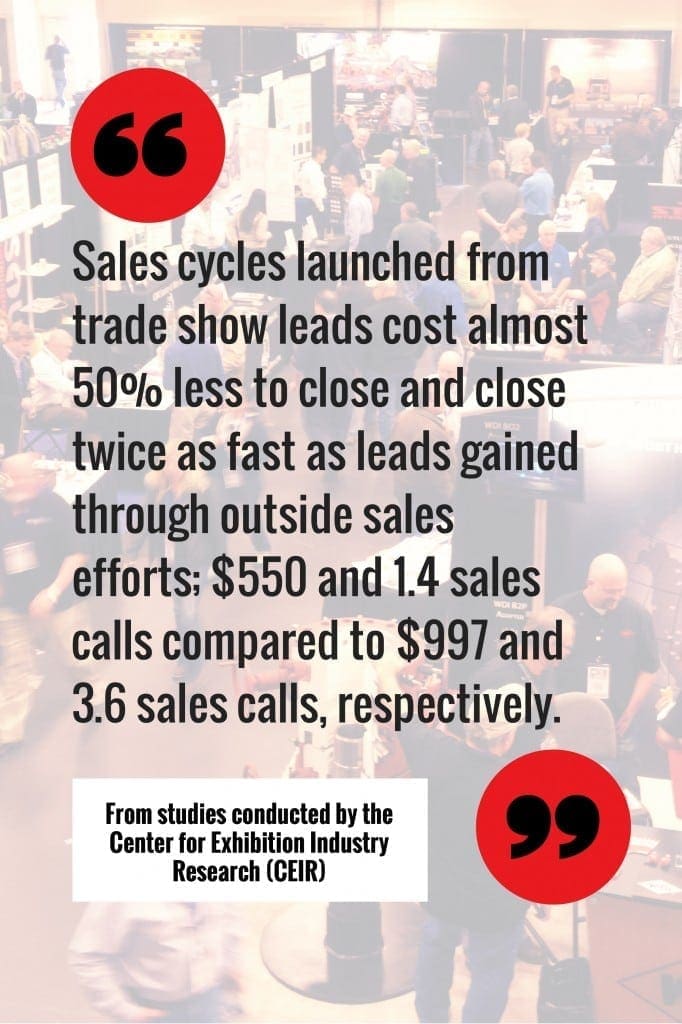For those companies whose bottom line depends heavily on product and service sales to the oil and gas sector, part of the weathering a tough market means finding new ways to preserve the revenue stream generated by outside sales, while managing the sometimes hefty costs associated with it.
Part of what has always made field sales worth the expense is how well it lends itself to consultative selling. Account managers are able to build relationships with potential customers, understand their business, and based on that information create an educated solution to a problem that potential customers didn’t even know they had. At this point, account managers are proposing a buying vision and encouraging change, instead of peddling product features. It’s consultative sales on steroids, but research shows it works: 65% of companies who relate to customers so early in the buying process seal the deal.
The current market lends itself perfectly to this approach. Among the gloom and doom lies a golden opportunity for product and service providers to identify areas in which potential customers can use their solutions to streamline operations and cut costs. That approach translates into a lot of face-to-face time between potential clients and account managers.
So, how do companies on a tight budget reap the benefits of this proven sales technique for a fraction of the cost? By changing the cost-per-prospect ratio, or more simply: seeing more potential customers per travel expense. Exhibiting in a trade show is one way to do it.
For the same flight, lodging, rental car, and per diem investment, exhibitions provide companies exposure to thousands of potential customers instead of just a handful. Industry-exclusive trade shows eliminate a potentially lengthy lead qualification process by drawing decision-makers who are actively engaged in the buying process. It’s no wonder that sales cycles launched from trade show leads cost almost 50% less to close and close twice as fast as leads gained through field sales efforts; $550 and 1.4 sales calls compared to $997 and 3.6 sales calls, respectively.
Trade shows are also an ideal environment for personal, consultative selling on the fast track. Michael Carmichael, a regional sales representative for Kuriyama of America Inc. and a participant in Texas Classic Productions’ Oilfield Expo Series, describes the benefit this way: “It usually takes two to three days to visit my customers in a certain region, but these shows put all of them under one roof to get that face-time.”
Eli Logan, President of Texas Classic Productions, sees results like these as proof of the power of industry shows focused on networking, deal-making and trade.
“Companies can reap the benefits outside sales provide, for a fraction of the cost through exhibiting in the Oilfield Expo Series,” Logan said. “It’s the most cost-effective way for product and service providers to increase sales in the face of a tough market.”
Shows in the series include the Ark-La-Tex Oilfield Expo, the South Texas Oilfield Expo, the OKC Oilfield Expo and the Houston Oilfield Expo. For more information, call Texas Classic Productions at (866) 918-5550 or visit the website.

Amy Double is the Creative Director for Texas Classic Productions, the company that produces and manages the Oilfield Expo Series. Shows in the 2015 Series include the South Texas Oilfield Expo, the OKC Oilfield Expo and the Houston Oilfield Expo. For more information, email info@texasclassicproductions.com or call (866) 918-5550.










